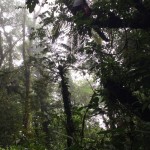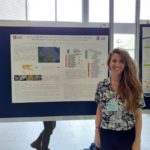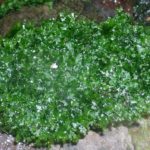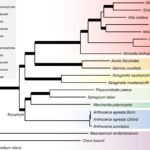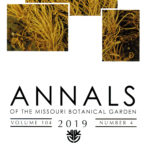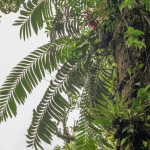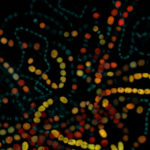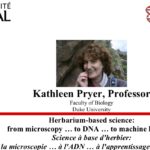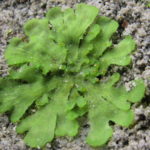
Symbioses between plants and nitrogen-fixing cyanobacteria are benchmark biological systems to understand mutualism and patterns of coevolution. The diversity of cyanobacteria associated to non-vascular land plants is still being unraveled, with a huge gap in knowledge from tropical areas, especially in hornworts. Hornworts are arguably the oldest land plant lineage with a widespread symbiosis with cyanobacteria (Villarreal & Renzaglia 2015).
We focus on the Neotropical horn...
Read More
